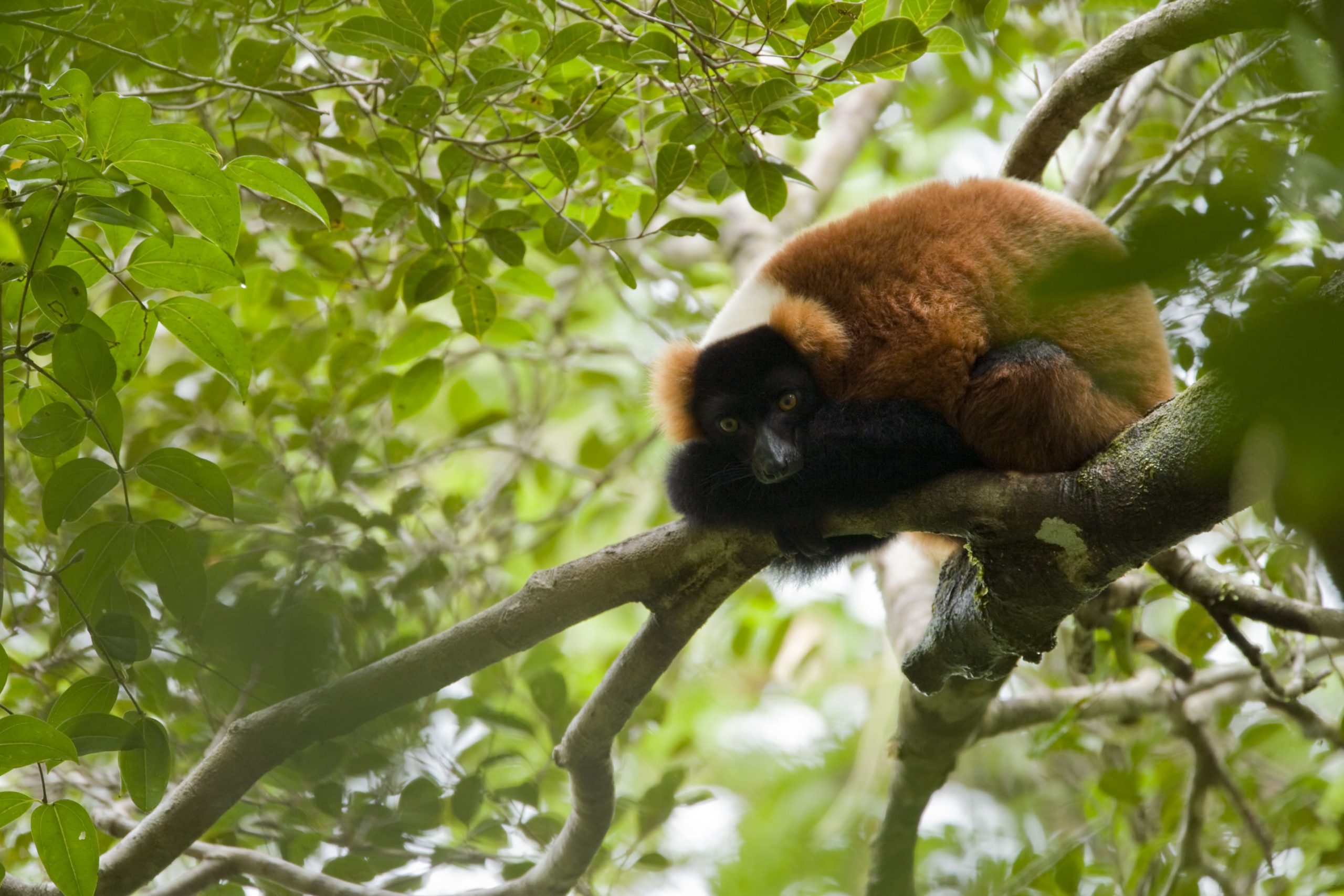
Masoala
On the plan
VISIT US
Depending on your means of transport :
- Ground Transportation
- By road RN5:
Approx. 400km by car or motorcycle or buggy from Tamatave to Maroantsetra, two to three days on the road (two-wheel vehicles and buggies), four to five days on the road (four-wheel vehicles) depending on the season (longer in winter), very rough, muddy road, 13 river crossings, ideal for adventurers
- By sea :
14-hour boat trip from Tamatave to Maroantsetra (every Friday), from Maroantsetra to Tamatave (every Monday) except in bad weather, ideal in summer, not recommended in winter.
- Air transport
Tsaradia from Antananarivo to Maroantsetra, once every Monday, taking into account flight cancellations (bad weather or technical failure).
Ideal period
September to December and January to May
Available activities
1 - Hiking:
Maroantsetra - Antalaha and or Antalaha - Maroantsetra;
Maroantsetra - Cap Est;
Maroantsetra - Cap Masoala;
Tour of Masoala peninsula2 - Camping / bivouac: feasible for classic tours or hiking
3 - Birdwatching
4 - Night tour
5 - Snorkelling in private marine parks
Reception infrastructures
1 - Masoala Interpretation Center is located 1 km from downtown Maroantsetra at the environmental campus
2 - Guichet unique Masoala / MNP Masoala office is located 1 km from downtown Maroantsetra at the environmental campus
3 - MNP Masoala liaison office is located in downtown Antalaha “rue de commerce”
4 - Refectory and toilets 50 m from the entrance to Masoala NP
Fees and charges
Download the reference document to find out more about park fees and charges.
Advisory equipment
- Bring mineral water,
- Raincoat,
- Walking shoes,
- Long sleeves and pants,
- Mosquito repellent (ORGANIC compulsory),
- Sun cream for sensitive skin (ORGANIC compulsory).
Code of conduct
- Ensure payment of fees by visitors (DEAP tickets, other fees,
- Do not get involved in illegal activities or trafficking,
- Do not pick, collect or capture species;
- Do not feed, move or play with animals;
- Night visits : Do not blind animals with overpowering lights,
- Do not damage coral,
- Discourage the purchase of products from endangered species or illegal activities,
- In the Park, do not leave the designated circuits; camp at the designated sites,
- Do not cause bush fires,
- Treat waste properly,
- Avoid making noise on circuits or camp.
- Do not participate in sex tourism,
- Respect social rules, habits and customs,
The circuits
| Tours | Summary | Difficulty | Duration | Tour plans |
|---|---|---|---|---|
| Akôhovohitry (grande boucle Tampolo) | Faune, flore, paysage : | 4h à 5h | ||
| Cascade | Faune, flore, paysage : Euryceros prevostii, Oriolia bernieri, petite cascade, … | 1h30 à 2h | ||
| Varignena | Faune, flore, paysage : Varieca rubra, Eulemur albifrons, Euryceros prevostii, Uapaca sp, Calumna parsonii.. | 1h30 à 2h | ||
| Vapaka | Faune, flore, paysage : | 2h à 3h | ||
| Palmiers | Faune, flore, paysage : Euryceros prevostii, Eulemur albifrons, palmiers, … | 1h à 2h | ||
| Tsiveravera à Andranonala | Faune, flore, paysage : tsiveravera, voay, oiseaux acquatique, akohivohitra | 2h à 2h30 | ||
| Rantôtry | Faune, flore, paysage : Caluma parsonii, variroux, Elemur albifrons, serpent BOA, … | 1h à 2h |




